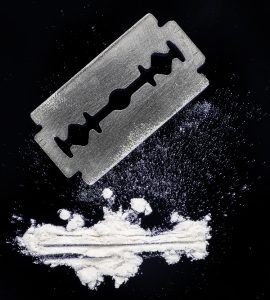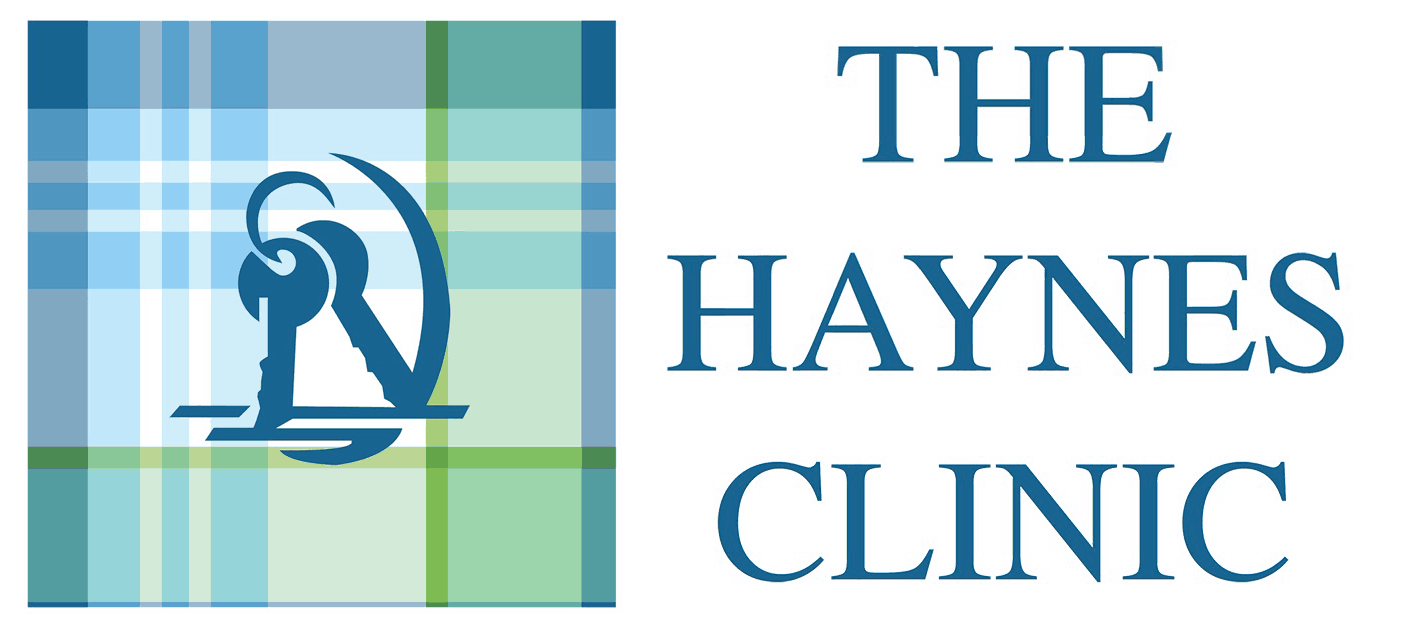What is cocaine?
Cocaine is a highly addictive and illegal stimulant that is produced from the leaves of a particular coca plant, Erythoxylon Coca, which grows exclusively in the north and west of South America, in areas of Colombia, Peru and Bolivia. Colombia produces about 75% of the world’s cocaine which equates in monetary terms to a sum in excess of approximately £320 million a week.
How is cocaine produced?

Cocaine is grown in temporary production sites located in the jungle where, after the leaves have been harvested, the first step in the process is that they are soaked in petrol. The leaves are then drained of liquid and the cocaine base dried. Then the powder gets mixed and dissolved using strong solvents such as lime and potassium and soaked in acid to extract all the alkaloids. The liquid is then drained again and dried into bricks of cocaine. The resultant manufactured Cocaine will be up to 100% pure but within this process everything added to the coco leaves to create cocaine is dangerously toxic to the human body.
After the drug has been smuggled into the UK it will be altered again by adding “cutting agents” such as paracetamol, aspirin, laxatives, caffeine and boric acid. Two other known dangerous additives are also used. One of these is Levamisole, which is more commonly used as an anti-helminthic agent in cattle, to treat parasitic infections. Cut with cocaine, it has amphetamine like properties that prolong the stimulatory effect of cocaine while bulking up the drug to increase the profit for the dealer. The other drug which is increasingly used as a cutting agent is Fentanyl. This drug is recorded as being solely responsible for the increase is associated deaths caused by an overdose. Fentanyl is very cheap to produce and is mostly manufactured in China. It is 50 times more potent than heroin and 100 times more potent then morphine. Because of its extreme potency, it makes a cheap and powerful cutting agent, additionally making the cocaine more addictive but also considerably more dangerous.
Why is cocaine addictive and what are the risks of using it?
Cocaine is usually snorted in powder form which results in a brief but very intense high lasting up to 20 to 30 minutes as the drug affects the brain, getting it to produce more Dopamine. Because the effects are so strong, the person wants to take more cocaine to experience the pleasurable effects again. This causes tolerance to Cocaine to develop very quickly. Withdrawal effects become more intense resulting in that person needing to consume more and more cocaine to try and get that high again or just to stop feeling the effects of withdrawal. Thus a dependency has developed and the time for a dependency to develop will be different for everyone. Also, the brain has now recognised that it is producing too much Dopamine and will drastically reduce the amount being produced, which in turn reduces any high we might have been experiencing.
Even short term use of Cocaine can increase the risk of damage to the heart and the potential of a having a stroke, and seizures. Headaches and erratic mood swings and behaviour are also common side effects. Long term use results in physical damage to the lining of the nose causing frequent uncontrollable nose bleeds. Ultimately, using cocaine will have a damaging effect on all life areas including health, work, finances, social, and relationships including with family and other loved ones.
Is there a detox for cocaine?
These side effects and consequences can become quite severe fairly quickly and it is therefore not unusual for someone of a younger age to be asking for help. However, the options for help are very limited as Cocaine is one of the few drugs for which there is no prescription medication available to help with the symptoms of withdrawal. Therefore, there is little or no help available from the local drug and alcohol team. Your GP and the wider NHS will simply advise to stop using Cocaine as it will slowly leave your system in up to 5 days and withdrawal symptoms will ease after that. However, it is extremely common for the consumption of Alcohol and the use of Cocaine to go “hand in hand,” and whilst there is a dependency on Cocaine there may well also be a dependency on alcohol. Therefore, a medical alcohol detoxification will also help with the cocaine withdrawal symptoms.
Help at a residential addictions treatment centre
The only option for immediate medical help is to be admitted into residential addiction treatment and care at an addictions rehab or detox clinic. Many addiction treatment centres, including The Haynes Clinic, are able to admit someone in need of treatment 7 days a week. Also, at The Haynes Clinic we are able to offer an assessment at the clinic at short notice if necessary. These two points could be critical because, when someone finally takes the step of agreeing to be admitted into addiction treatment, they usually want to be able to go within a very short period of time. The Haynes Clinic offers a daily structured therapy programme facilitated by therapists who will help anyone with an addiction disorder. They will usually have personal experience of addiction and so will have authenticity in terms of knowing what it is like to be an addict and what needs to be done in terms of change in order to get and stay well.
Being admitted into residential addiction treatment will help break the addictive cycle of thinking and behaviour. The recommended addiction treatment period is 28 days, which includes ongoing support for 12 months, once a week, either at the Clinic or via Zoom meetings. The other option, which may be due to financial constraints or getting time off work, would be for 14 residential days, though there would be no inclusion of face to face aftercare added on for this treatment period.
Help from Cocaine Anonymous and other 12 step fellowships
A free ongoing support network is Cocaine Anonymous which is based on the methodology of the Alcoholics Anonymous 12 Step Programme. Both AA and CA meetings near to your home address can be found by entering your postcode into their website. Following discharge from residential addiction treatment, regular attendance at CA and other 12 Step fellowships is strongly recommended. Whilst in residential addiction treatment, a part of the programme will be gaining an understanding of the AA 12 Steps and attendance at meetings near the clinic with other residents in treatment. This helps people gain an understanding of the 12 Step programme and the importance of ongoing attendance.
There is hope: ask for help!
It is certainly possible to get well from a cocaine addiction or dependency and by going in to residential addiction treatment it is the first step of getting on the bridge to normal living, to getting our life back free from addiction and the start of changing our thinking and behaviour. First, though, you need to take the step of asking for that help.
